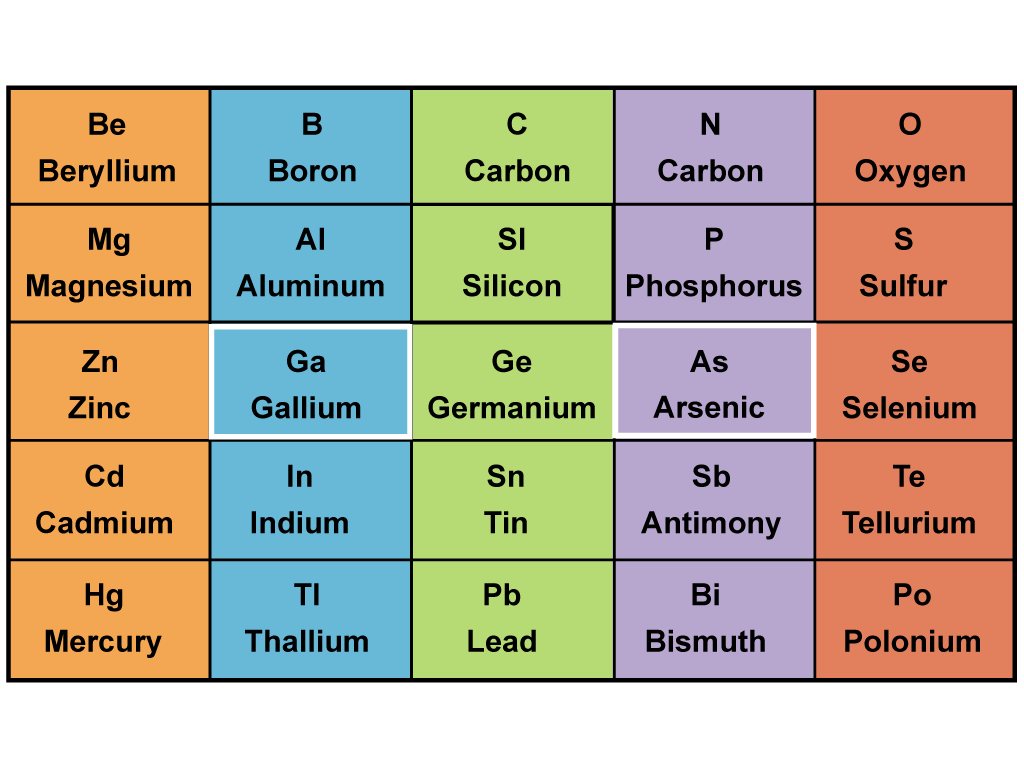
Source: Shindengen
Semiconductor Materials: An Overview
Semiconductor materials play a crucial role in various technological applications, including photovoltaic (PV) systems. These materials are derived from different groups in the periodic table, each offering unique properties and characteristics that are essential for their functionality.
Classification of Semiconductor Materials
Semiconductor materials primarily consist of elements from group IV of the periodic table. Additionally, they can be formed from combinations of elements from group III and group V, known as III-V semiconductors, or from combinations of group II and group VI, known as II-VI semiconductors. The choice of semiconductor material depends on the specific requirements of the application.
Properties of Semiconductor Materials
The properties of semiconductor materials are intricately linked to their atomic characteristics, which can vary significantly between different groups in the periodic table. For instance, silicon, a group IV semiconductor, is one of the most widely used materials in the industry. It serves as the foundation for integrated circuit (IC) chips and is a prevalent choice for solar cells due to its abundance and reliability.
Researchers and designers leverage the distinct properties of various semiconductor materials to enhance the performance and efficiency of PV systems. By understanding the unique characteristics of each material, they can optimize the design and selection process to meet the specific demands of the application.
For a comprehensive overview of the periodic table and specific material properties of silicon, refer to relevant resources such as the Periodic Table and Silicon Material Parameters.

Source: THORS eLearning Solutions
Feel free to comment your thoughts.
